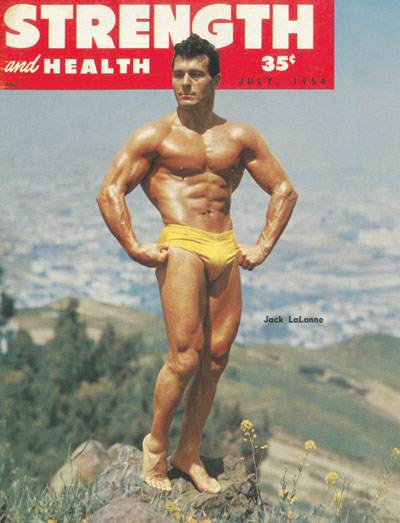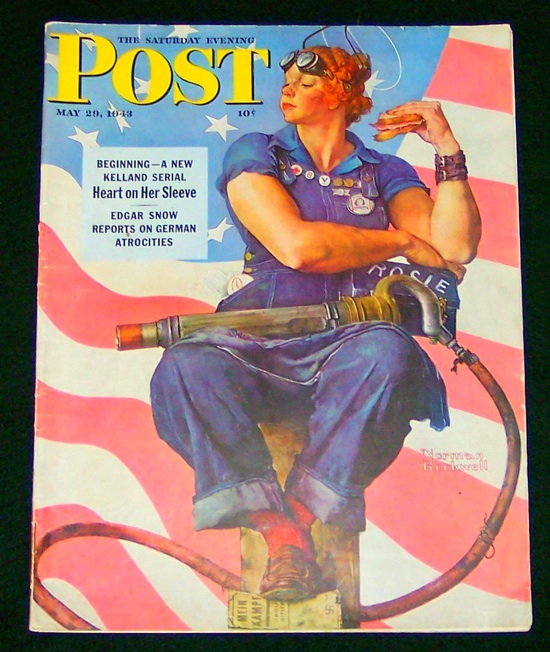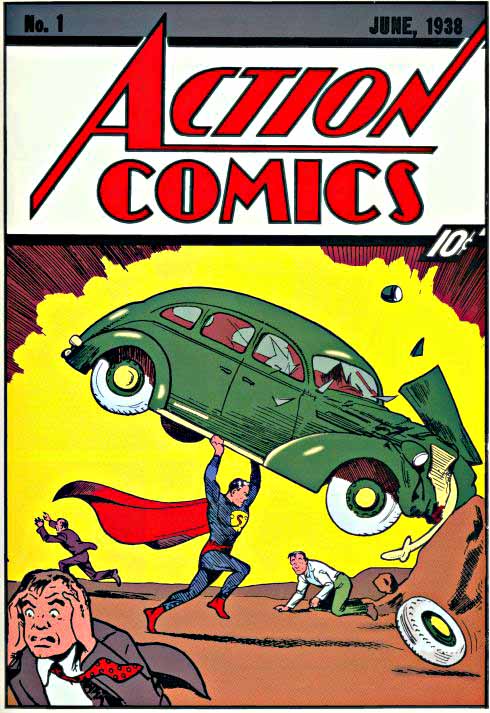New God Middlebrow
By:
September 17, 2009
High-, low-, no-, and hilobrow members of the New Gods Generation include: Alfred Bester, Charles Bukowski, Charles Mingus, Charlie Parker, Cordwainer Smith, Dean Martin, Dizzy Gillespie, Elizabeth Hardwick, Eric Hobsbawm, Hank Williams, Hugh Kenner, Jack Cole, Jack Kerouac, Jack Kirby, Jackie Gleason, Jane Bowles, John Berryman, Jonas Salk, Joseph Beuys, Juan Garcia Esquivel, Leslie Fiedler, Louis Althusser, Manny Farber, Merce Cunningham, Murray Bookchin, Nelson Mandela, Norman Mailer, Paul Celan, Paul de Man, Ralph Ellison, Raymond Williams, Roald Dahl, Robert Lowell, Robert Motherwell, Roland Barthes, Stan Lee, Stanislaw Lem, Sun Ra, Thelonious Monk, Tove Jansson, Vampira, Walker Percy, Will Elder, and William S. Burroughs.
This item is excerpted from yesterday’s essay on the New Gods Generation.

The 1914-23 generation came of age during the Depression, during which time they were kept busy by the Civilian Conservation Corps “getting things done, building things that worked, things that have lasted to this day,” as Strauss and Howe admiringly put it. The Tennessee Valley Authority was the handiwork of youthful New Gods. As adults, the 1914-23 generation fought World War II. After the war, they saved American industry, tamed the business cycle, built the suburbs and moved into them. Or so we hear, again and again, in middlebrow paeans to the cohort that shored up the gains of older (Hardboiled) middlebrows. How did Middlebrow inspire a generation to to say in harness so long, and accomplish so much? What persuasive ideology helped prevent the New Gods from kicking against the pricks?

One such ideology, it seems to me, was machismo. The New Gods venerated the macho man, and some deluded anti-middlebrows even hailed him as an antiheroic savior of sorts. This generation produced only one president, but it was the macho JFK, who brought the “best and the brightest” into the White House, faced down the Soviet Union, and put a man on the moon. Astronauts Alan Shepard and John Glenn are members of this generation; so is faster-than-sound test pilot Chuck Yeager.
Other New Gods who were macho men, actors who played macho men, and novelists who wrote about macho men: Kirk Douglas, Robert Mitchum, Gregory Peck, William Holden, Dean Martin, Frank Sinatra, Jack Palance, Anthony Quinn, Jack Lord, Ernest Borgnine, Telly Savalas, Yul Brynner, Eli Wallach, Charles Bronson, Woody Strode, Montgomery Clift, Charlton Heston, Edmond O’Brien, Norman Mailer, James Jones, James Dickey, James Arness, Rocky Marciano, Jake LaMotta, and honorary NGs Marlon Brando, Alan Ladd, Burt Lancaster, Lee Marvin, and Jesse Owens. Wow! Think of all the violent buddy/caper movies the New Gods made, in the Fifties (1954-63) and Sixties (1964-73): Gunfight at the O.K. Corral (1957: Lancaster, Douglas); The Young Lions (1958: Brando, Clift, Martin); Ocean’s Eleven (1960: Sinatra, Martin); The Magnificent Seven (1960: Brynner, Wallach, Bronson); The Guns of Navarone (1961: Peck, Quinn); The Great Escape (1963: Bronson); The Professionals (1966: Marvin, Lancaster, Ryan, Strode, Palance); The Dirty Dozen (1967: Marvin, Borgnine, Bronson, Ryan, Savalas); and The Wild Bunch (1969: Holden, Borgnine, Ryan, O’Brien). The musk of testosterone shrouded the New Gods, making it difficult for them to see — or think — straight.
Even the women of the New Gods generation were macho: films and posters featuring “Rosie the Riveter” encouraged women to go to work in support of the war effort. Behold arch-middlebrow Norman Rockwell’s vision of Rosie:

Speaking of Mailer and JFK, in 1960 the former wrote an overheated Esquire essay about the latter titled “Superman Comes to the Supermarket.” America, Mailer claimed, was the land where people still believed in heroes — and it needed a macho hero to rescue it from the triumph of Middlebrow during the Fifties (1954-63).
The film studios threw up their searchlights as the frontier was finally sealed, and the romantic possibilities of the old conquest of land turned into a vertical myth, trapped within the skull, of a new kind of heroic life, each choosing his own archetype of a neo-renaissance man, be it Barrymore, Cagney, Flynn, Bogart, Brando or Sinatra, but it was almost as if there were no peace unless one could fight well, kill well (if always with honor), love well and love many, be cool, be daring, be dashing, be wild, be wily, be resourceful, be a brave gun. And this myth, that each of us was born to be free, to wander, to have adventure and to grow on the waves of the violent, the perfumed, and the unexpected, had a force which could not be tamed no matter how the nation’s regulators — politicians, medicos, policemen, professors, priests, rabbis, ministers, idèologues, psychoanalysts, builders, executives and endless communicators — would brick-in the modern life with hygiene upon sanity, and middle-brow homily over platitude; the myth would not die.
Mailer correctly diagnosed the triumph of Middlebrow, but he failed to recognize that machismo is no solution. In fact, whenever Highbrow or Lowbrow is coded “masculine,” then Anti-Highbrow or Anti-Lowbrow is coded “not-feminine”; Middlebrow’s synthesis of these cultural constructs is: “real man” or “macho.” (When Highbrow or Lowbrow is coded “feminine,” then Anti-Highbrow or Anti-Lowbrow is coded “not-masculine”; Middlebrow’s synthesis of these cultural constructs is: “ultra-feminine” or “vamp,” another New God paradigm.) Nobrow, to continue for a moment, is neither masculine nor feminine (“angelic”), while HILOBROW is androgynous or hermaphroditic. Mailer, whose own machismo was a performance piece, didn’t quite grasp all this — not then.

During the Thirties and Forties, superman really did come to the supermarket, as the New Gods ushered in what we’ve been encouraged to regard as the Golden Age of superhero comics. Beginning in 1938 with the debut of Jerry Siegel and Joe Shuster’s Superman in DC’s Action Comics # 1, the comic book made its debut as a mainstream art form. Comic-book authors, artists, and editors born between 1914 and 1923 include the likes of Bob Kane and Bill Finger, Julius Schwartz, Will Eisner, Bill Everett, Carl Burgos, Sheldon Mayer, and honorary New God Joe Simon — who invented and refined comic-book superheroes as we know them: Superman and Batman, Captain America, The Spirit, Namor the Sub-Mariner, Daredevil, The Human Torch, Flash, Green Lantern, Hawkman, and the Justice Society of America. Enjoyable stuff! But with the exception of Jack Cole’s Plastic Man, it’s middlebrow.
Of course, there were New God cartoonists who weren’t middlebrow. Will Elder, John Severin, Dave Berg, Al Jaffee, and former EC Comics publisher William Gaines, for example, brought us Mad Magazine (whose successful formula, I think, is due to the fact that half of its staff were New Gods and half were Postmodernists; more on that some other time). Charles M. Schulz wasn’t a middlebrow, exactly, though Middlebrow would enthusiastically embrace and champion his work. In the late Fifties (beginning in ’61, to be precise), New Gods Stan Lee and Jack “King” Kirby would give us the Fantastic Four, the X-Men, Thor, the Incredible Hulk, Iron Man, the Silver Surfer, Doctor Doom, Galactus, The Watcher, Magneto, the Inhumans, and many more comic-book superheroes who were neither macho nor middlebrow — at least, they weren’t in their earliest incarnations.
